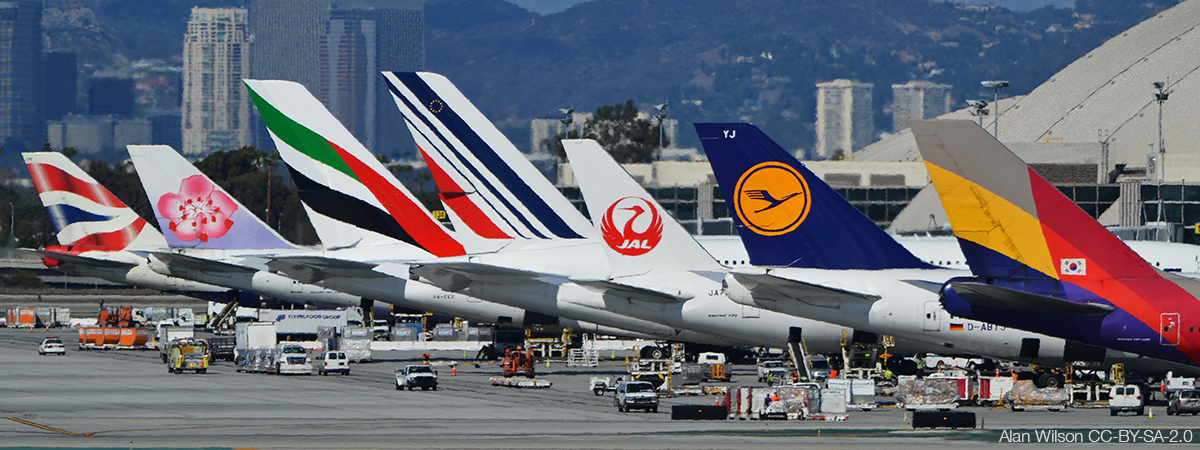Everything indicates the health crisis is winding down while precautions continue to avoid a possible second wave. However, until COVID-19 is no longer a large, global threat, we will continue to suffer the consequences of disease prevention measures, especially those related to social distancing. Undoubtedly, air traffic will recover, but it will be some time before we enjoy previous levels of freedom.
In the aviation sector, airlines are the clear losers. No one has suffered from the pandemic as they have. However, in order to regain our former lifestyle – tourism, the globalisation of families, friends, businesses – recovering air mobility without fear or restrictions is essential. EU governments should, therefore, shine the spotlight on the survival and “health” of our airlines. Without them, any recovery will be slower.
The aviation sector, which is strategic for economic and social recovery after the COVID-19 crisis, needs to bounce back quickly. The aeronautics industry will need more time. The key could be accelerating the renewal of air fleets and thus drastically reducing the air transport industry’s global carbon footprint.
The second loser is the aeronautics industry, which develops and manufactures new, ever more efficient aircraft, so that airlines can cover more routes and transport more people. It is not enough that airlines simply return to normal, the aeronautics industry needs them to recover their ambitions as well.
But there is a big difference between these two closely related aeronautical sectors. When the pandemic is history, the airlines will get back to normal. They will do better or worse depending on how they emerge from this terrible crisis; and it is true that if world GDP per capita drops, their activity will decrease because growth of air transport and world wealth are highly correlated.
On the other hand, the aeronautics industry is facing difficult years ahead in returning to the its pre-pandemic state. Until the situation facing their clients, the airlines, is clear, and they have absorbed the cancelled orders and undelivered aircraft, the industry will have to maintain a lower production volume. This means a halt for their entire supply chain, which puts it in danger of disappearing.
Between Airbus and Boeing, the current reduction in production is around 35 to 40% and it is very possible that it will take more than three years to adapt to the situation and return to the rates of production from the beginning of this year. The large world manufacturers must come to terms with the reality of their current portfolio and hope that airlines start ordering new aircraft.
On another front, the pandemic has pushed aside another great challenge the air transport sector has faced for over a decade: emissions reduction to lower the impact on climate change. If Covid-19 has been an example of the perfect black swan, climate change continues to be the elephant in the room: it’s there, it barely moves, and we try to continue business as usual in hopes it will keep still. No one was prepared for Covid-19, but we are all responsible for stopping climate change.
We have a strategic opportunity to combine both issues. On one hand, pull the aeronautics industry out of depression, avoiding the loss of thousands of jobs and wealth for national leaders; and, on the other hand, reduce aircraft emissions more quickly and more effectively.
With the current halt of air transport and the upcoming, gradual recovery, the oldest fleet will be the last to start flying again. This makes sense because these aircraft are more expensive to operate and less comfortable for passengers.
In addition, the new generation of aircraft reduces emissions by more than 20% compared to the planes they replace. Therefore, a quick way to reduce emissions will be to speed up the modernisation of fleets.
From Europe we are seeking a win-win for leaving this terrible and, foreseeably long-lasting industrial crisis behind, as we simultaneously push towards a cleaner, more efficient industry that will produce, among other things, a reduction in the entire aviation industry’s carbon footprint.
As I stated at the beginning, if we want our society as a whole to recover more rapidly from this crisis, airlines must be helped – but help with the condition that airlines maintain their commitment to new aircraft, favouring the modernisation of their fleets and grounding old aircraft. Emissions could be reduced much faster than forecast. At the same time, the aircraft manufacturing industry will recover part of its production, saving human and financial capital to enable continued innovation for a future aviation industry with a smaller environmental footprint.
Let’s make our post-Covid skies cleaner as we nurture a strategic industry that generates highly qualified jobs that provide Europe with technological independence and world leadership.



